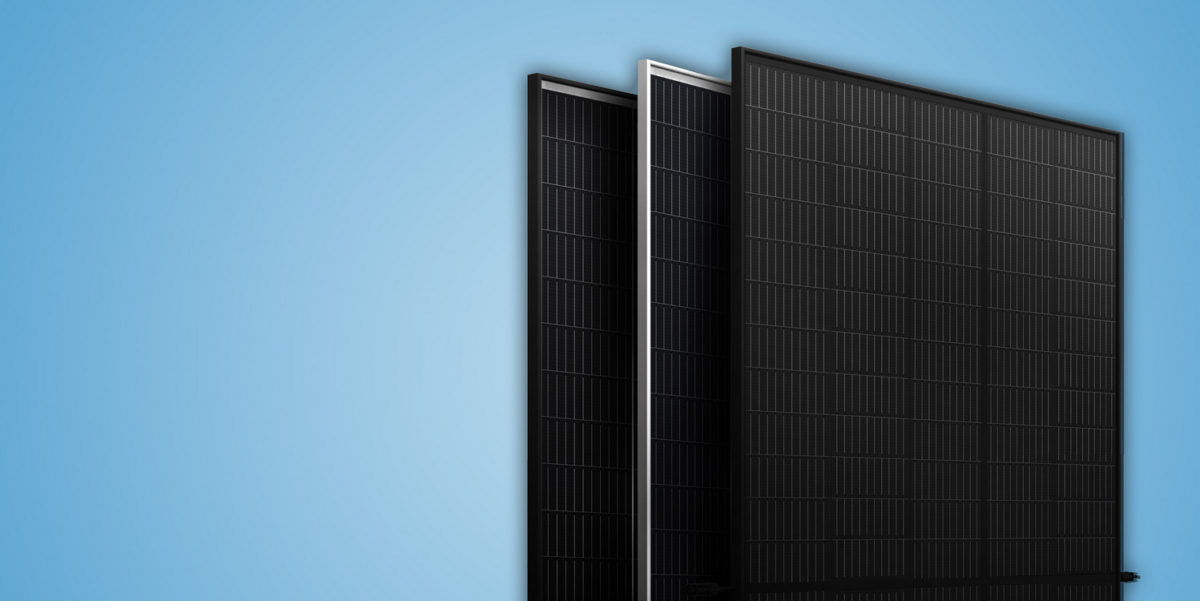The introduction of new wafer dimensions has brought about an impressive jump in module power ratings. But this has also confused the market somewhat, with a variety of different module sizes now available, all promising to bring down project costs without significant disruption for installers or developers.
Module makers have quickly split into two camps, working with either Longi’s 182mm wafer or the larger 210mm product introduced by Zhonghuan Semiconductor in 2019. And the industry as a whole is keenly awaiting results from yield models and then from the field, to see how the promised benefits play out.
In some of the first of the results to be published, energy consultancy DNV GL has worked with Trina Solar to evaluate the performance of the company’s Vertex modules, which utilize the 210mm wafer, and to compare this with the 166mm and 182mm products also brought to the market recently. The first set of results from these simulations was published in December, and DNV GL has now published a follow up report offering further insights.
Two in portrait system
The first report analyzed the modules' performance on a one in portrait tracker, while the new results swap this for a two in portrait design, and base the analysis on a 100 MW system connected using string inverters, at two locations in Spain and the U.S. state of Texas.
The study aims to keep all external and system design factors under control, allowing for objective comparison between the different modules. The cost comparisons made by DNV GL also took into account local costs for equipment, construction and installation, labor costs, grid interconnection fees, costs of operation and maintenance, land cost, and financial costs at each of the two locations modeled.
At the Texas site, the 545 W Vertex module was shown to produce the lowest levelized cost of electricity (LCOE). This spelled out as a 6.06% saving on the balance of systems components and a 3.72% reduction in LCOE compared to a 450 W, 166mm wafer module. Compared to the 182mm, 535 W module, DNV GL calculated a 1.2% saving in the balance of systems costs, and a 0.5% LCOE reduction for the Trina Vertex module.
Trina Solar explains that these cost savings arise from the module’s ‘low voltage, high string power’ design. This translates to more power from fewer modules, meaning fewer components and less installation work are needed.
This content is protected by copyright and may not be reused. If you want to cooperate with us and would like to reuse some of our content, please contact: editors@pv-magazine.com.




Can you provide a link to the study? Not finding in on the DNV website. Curious to know if they assumed any cost adders for the trackers to accommodate the larger modules.